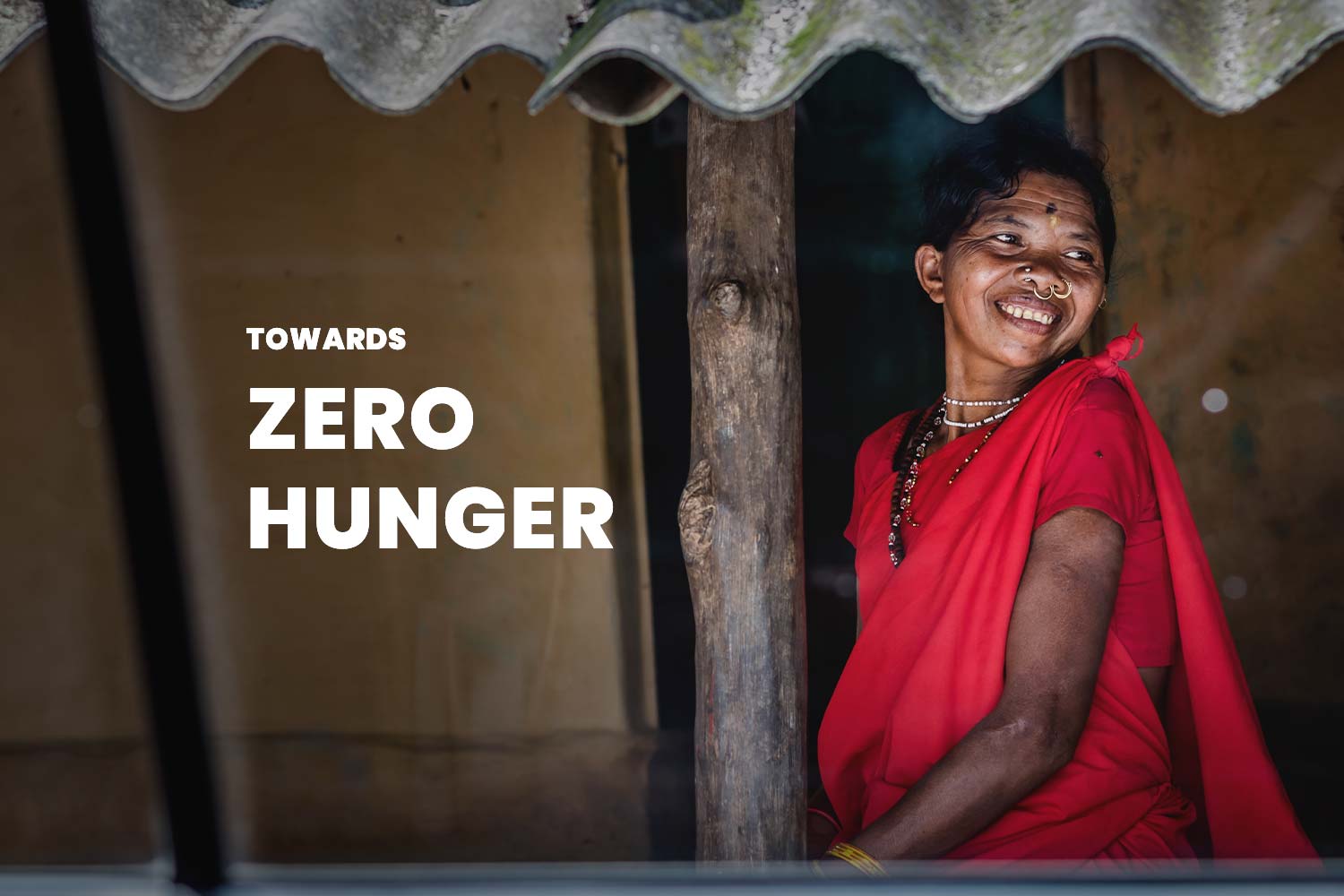Food is an essential requirement for functioning of all essential life processes. It is vital for good health and for prevention of diseases and their cure. Unhealthy food leads to numerous diseases and body malfunctioning. Food since time immemorial has been the cause of integration and dissension of human civilizations.
When man moved from the nomadic and hunter-gatherer stage to the sustained and settled life style; agriculture became the crucible of evolutionary change. Agriculture became a reliable source of food supply and the backbone of economies around the world and the primary contributor to the socio-economic development of any human society.
Rampant poverty prevails in many countries despite their rich natural resources. Of the 7 billion people inhabiting this world 795 million people do not have enough to eat. One out of every 9 people in the world is under nourished. Fifty-six percent of the poor and the hungry belong to the farming families. They also lack food hygiene and nutrition.
Food hygiene is very important to ensure availability of food safe for human consumption and the same needs to be monitored all along from production to consumption. Poor nutrition leads to poor metabolism. Children and women are the most vulnerable sections as they need adequate and appropriate food for growth and development.
The Government has come up with various directives and programmes to ensure food security and safety for all and especially the most vulnerable groups, the children and the women. The solution has never been complete and much remains to be done.
It is difficult to ingest the fact that one of the fastest growing economies of the world can’t feed all its citizens. The fact that India ranks 94th of 107 countries listed on the Global Hunger Index 2020 highlights the grimness of the hunger situation in India. 2 out of every 5 children are stunted in India. It also depicts a picture of chronic malnutrition leading to stunted growth of the poverty-stricken children.
Malnutrition deaths have been common in Odisha which sadly has the highest Infant Mortality Rate next only to Assam and Madhya Pradesh. The instance of deaths due to malnourishment in Nagada Village of Odisha is a case vindicating this. Lack of Health and medical care facilities, ignorance, poverty, illiteracy and alienation of this tribal hamlet aggravated the situation.
Amidst such dismal statistics, Kalinga Institute of Social Sciences in Bhubaneswar stands out tall and shining in its endeavor towards sustainable alleviation of poverty and hunger using holistic and quality education. This wholly residential educational institute and home for 30,000 tribal children provides free education from Kindergarten to post graduation along with lodging and boarding and comprehensive health care. 15000 students have already graduated from this institute and have been proving to be change agents for their respective communities.
The institution was conceived and established modestly by us. In my teens I had to grow and sell vegetables in the far off weekly markets and do errands for village folks to make some living. I assisted my widowed mother in the very cumbersome custom par boiling of paddy. My father, who was an industrial labourer, had died in a train accident bequeathing endless poverty and pain for the family of seven siblings and a widowed mother and to live in an obscure village when I was barely four years old.
My struggle against poverty is still on. Earlier in life I had to struggle for my own food and survival and later I grew up and ever since I have been struggling to arrange food for thousands of poor children at KISS. The institute, while having ensured zero hunger for thousands of poorest of the poor tribal children, has fulfilled the erstwhile Millennium Development Goals of the UN and now addressing Sustainable Development Goals under UN’s vision 2030.



Great initiative and great effort. Good job
Appreciated comment madam.
Great work ??
People come across both the paths of joy and sorrow during each and every individual’s life span. But, the hidden idea and ideology of one and only Hon’ble Founder KIIT GROUP OF INSTITUTIONS, Dr Achyutaya Samanta have distinguished the soul in and around the galaxy. Salute to the personality by heart.
Very well written and I must thank you for various initiatives taken by you for the spread of education, fight against hunger and the rehabilitation of the underprivileged.
Great Initiative.Thank You.